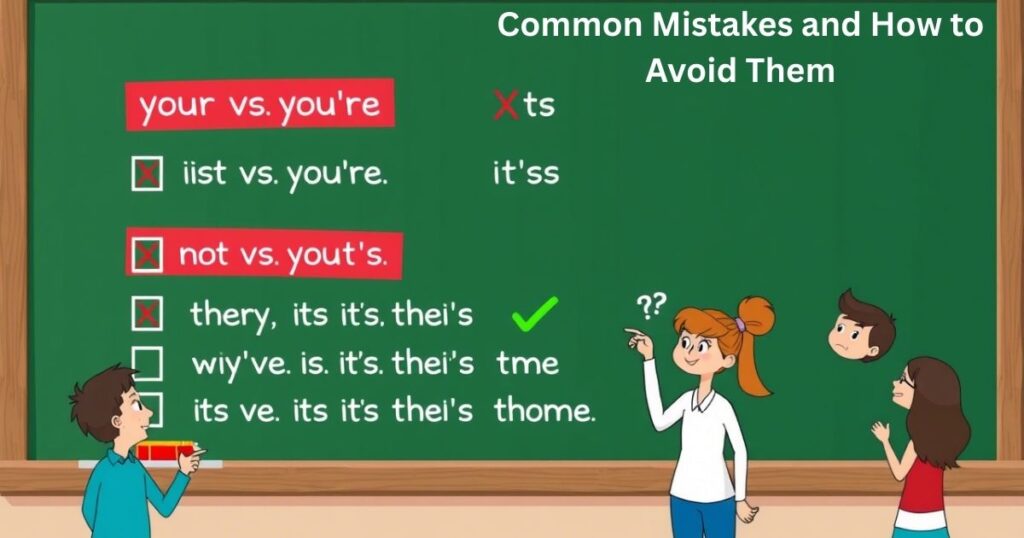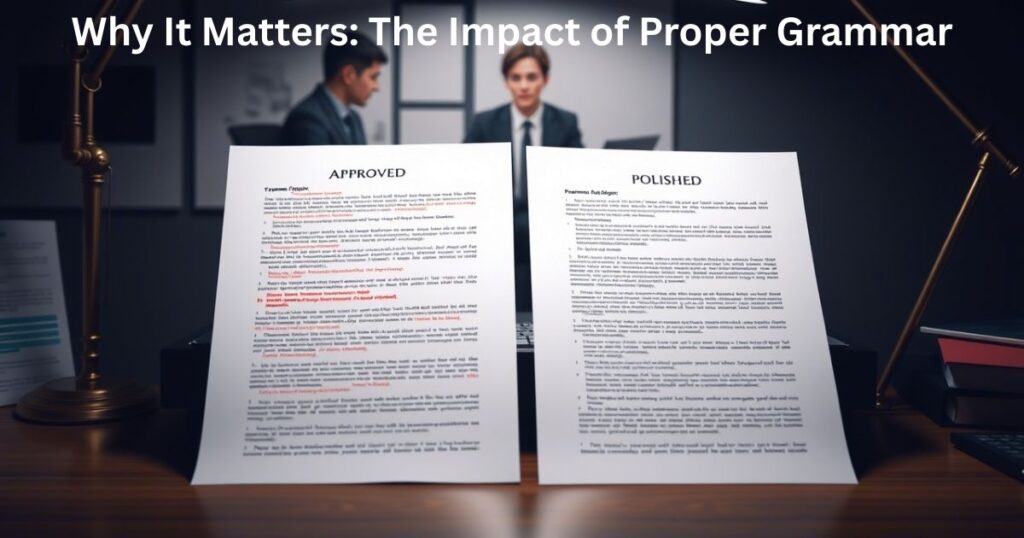When writing in English, small marks like apostrophes can make a huge difference. One common puzzle that confuses many writers, including those in the USA, is when to use today’s or today with an apostrophe and when to write today’s or todays without one. This little punctuation mark is not just a detail; it changes the meaning and clarity of your sentences. Understanding the difference between today’s or todays can improve your writing style, help with clear communication, and even boost your professional image.
Many people make this mistake because English grammar can be tricky. But once you get the logic behind the apostrophe, you’ll find it easy to use. Companies like Devil and platforms such as Words Library and Grammar Vista emphasize the importance of proper grammar for better SEO and content quality. Even in tools for editing photos, like Photos Illa, clarity in writing matters, showing that grammar touches all parts of communication, from simple emails to articles and social media posts.
The Singular Possessive: Today’s

The wordtoday’s or todays is the singular possessive form of today. This means it shows ownership or something that belongs to the current day. Think of the apostrophe as a tiny flag that tells you this word is holding something special, something associated with today’s or todaysFor example, when you say, “Today’s weather is sunny,” you are referring to the weather that belongs to or is happening on this day. The same goes for “today’s news” or “today’s agenda,” where the apostrophe clearly shows possession.
Using today’s correctly helps avoid confusion and makes your writing more precise. It works just like other singular possessives in English, such as “the dog’s bone” or “the child’s toy.” The apostrophe’s job is to link the thing (weather, news, agenda) to the time frame (today). Without this mark, the meaning becomes unclear or incorrect. Many people forget this and end up with mistakes that hurt their message and credibility.
Read this Also: Next Friday vs. This Friday: A Complete Guide to Avoiding Calendar Confusion
The Plural Form: Todays
Now, here’s where the confusion grows. The word today without an apostrophe is not correct in standard English. You might wonder why, since adding an -s often means plural. But in this case, there is only one today , the current day , so it doesn’t make sense to have more than one today at the same time. Unless you are in a story like Bill Murray’s Groundhog Day, where the same day repeats endlessly, today as a plural just doesn’t fit English rules.
In reality, when you see “todays” without an apostrophe, it’s usually a typo or a mistake. Writers should avoid it and instead look for other ways to express multiple days, like “recent days” or “these days.” Using todays can confuse readers and hurt the flow of your writing. Always remember, apostrophes are not optional,they are part of the grammar that keeps your meaning clear and correct.
When to Use Today’s: Real-World Scenarios
Knowing when to use today’s correctly can be a big help in everyday writing. Imagine reading a news headline like “Today’s headlines focus on the tech breakthrough.” Here, the apostrophe shows the headlines belonging to this day. In a business email, you might say, “Today’s meeting has been rescheduled,” which tells everyone exactly which meeting you mean.
You also hear phrases like “today’s fashion trends” or “today’s opportunities” that describe things linked to the current moment. By paying attention to what belongs to today, you can spot when the apostrophe is needed. It’s not just a rule; it’s a tool to make your communication sharp and clear, especially when writing articles, reports, or social media posts.
Common Mistakes and How to Avoid Them

Mistakes with today’s and todays happen all the time, even among experienced writers. The most frequent errors revolve around confusing the possessive form or forgetting the apostrophe entirely. Getting these wrong can change the meaning of a sentence or make it look unprofessional.
Mistake 1: Using “Todays” for Possessive
One common mistake is writing “Today’s special is spaghetti carbonara” without the apostrophe. This should be “Today’s special is spaghetti carbonara.” The apostrophe signals that the special belongs to today. Without it, the word looks odd and can confuse readers.
Mistake 2: Omitting the Apostrophe
Another frequent error is skipping the apostrophe altogether, as in “I can’t keep up with today’s rapid changes.” The correct sentence is “I can’t keep up with today’s rapid changes.” Missing the apostrophe removes the sense of ownership and breaks the flow of the sentence.
Mistake 3: Using “Todays” for Multiple Days
Some writers try to make “today’s” plural when referring to several days, like “The days of this week have been hectic.” This is incorrect. Instead, say “The days this week have been hectic” or “These days have been hectic.” English has other ways to talk about multiple days that don’t involve misusing possessives.
Expert Insights on Language Mastery
Experts agree that mastering apostrophes, especially in words like today’s, isn’t just about memorizing rules,it’s about understanding the logic behind possession in English. The apostrophe links a noun to what it owns or relates to, much like how the dog’s bone means the bone belongs to the dog. Learning this connection helps you apply the rule to many other words beyond today’s or todays
By seeing apostrophes as tools for clear expression, writers improve their overall language skills and gain confidence. Language mastery comes from recognizing patterns and using them naturally in writing and speech. So, instead of just remembering “today’s has an apostrophe,” think of it as showing ownership or association, which will help you avoid errors in other parts of your writing.
The Broader Context: Possessives in English

Understanding today’s or todays fits into the bigger picture of English possessives. For singular nouns, you add an apostrophe and s to show possession, like the book’s cover or the child’s toy. For plural nouns ending with s, you usually just add the apostrophe, such as the dogs’ bones or the cats’ toys. Irregular plurals get apostrophes, like children’s playground or mice’s cheese.
This system of possessives helps keep your writing organized and clear. Knowing these rules makes it easier to spot when to use apostrophes with words like today’s. It also improves your ability to write confidently about ownership, belonging, and association in many contexts.
Practical Tips for Clear Communication
To avoid mistakes, try reading your sentences out loud. Does it sound like something belongs to today? If yes, you need the apostrophe. Another trick is to replace today’s with another singular possessive like the dog’s. If that fits, your usage is likely correct.
Avoid writing today in any formal or casual context because it’s not standard. Instead, use clear phrases to describe multiple days. Practicing these simple checks makes your writing more accurate and easier for readers to understand.
Multiple Days: When “Today” Isn’t Enough
Sometimes, you want to talk about more than just one day. Since today is incorrect for multiple days, use phrases like “these days”, “recent days”, or “over the past few days.” These options keep your writing natural and grammatically correct.
For example, saying “Over the past few days, we’ve seen improvement” sounds better than “the days of the week have been busy.” Using the right words helps maintain clarity and professionalism in writing.
The Possessive of Today in Different Contexts
You will find today’s or todays use widely across many fields. In journalism, headlines often begin with “Today’s top story” to highlight current news. In business, phrases like “Today’s market fluctuations” report on daily changes. Teachers use “today’s lesson” in education, while social media posts talk about “today’s trending topics.”
These examples show how important it is to use the possessive form correctly to communicate ideas clearly and professionally. No matter the context, mastering this small detail improves the quality and impact of your writing.
Why It Matters: The Impact of Proper Grammar

You might wonder if this tiny apostrophe really makes a difference. The answer is yes. Proper grammar, including the correct use of today’s or todays shows professionalism and builds credibility in your writing. In business communication, it can influence how others perceive you and your message.
Clear grammar also helps avoid misunderstandings and keeps your content sharp, which benefits SEO by making your writing easier for search engines and readers to understand. Good grammar shapes how people view your intelligence and attention to detail. By paying attention to these details, you create stronger connections with your audience.
Understanding when to write today’s with an apostrophe versus avoiding the incorrect today will boost your writing clarity and confidence. This knowledge helps you communicate better, whether you’re editing a photo caption with Photoszilla, writing an article for GrammarVista, or sharing insights on social media. Remember, the apostrophe is your friend, guiding readers through your message with clarity and precision every time.
FAQs
Which is correct, today’s or todays?
today’s or todays can be confusing. Use today’s with an apostrophe to show possession. Today is incorrect in standard English and shouldn’t be used.
When to use an apostrophe?
Use an apostrophe when showing ownership. In today’s or todays, use today’s for things like today’s news, today’s weather, or today’s schedule.
Does today’s meeting have an apostrophe?
Yes, it does. In today’s or todays, the correct form is today’s meeting because the meeting belongs to or happens on this day.
How do you use today’s sentence?
You don’t. In the debate of today’s or todays, only today’s is correct. Today is not grammatically accepted in everyday or professional writing.
What does today’s mean?
In today’s or todays, the word today means something that belongs to or relates to the current day, like today’s headlines, today’s lesson, or today’s agenda.
Conclusion
The difference between today’s or todays may seem small, but it matters a lot in writing. Always use today’s with an apostrophe when you’re showing something that belongs to today, like today’s meeting, today’s news, or today’s weather. If you ever wonder, is it today or today’s, the answer is simple,use the apostrophe.
The form today is not correct in most contexts. People often ask, today’s or todays have an apostrophe? Yes, it does when it shows ownership. In the battle of today’s vs today’s or todays is the only grammatically correct choice. Think of it this way: if the sentence means something that belongs to today, like a schedule or story, usetoday’s or todays. Whether you’re writing for business, school, or social media, getting this small rule right improves clarity. So, next time you ask today’s or todays, remember the apostrophe shows possession,and makes all the difference.

Gramcoachpro is your go-to platform for mastering grammar, writing, and communication skills. If you’re a student, teacher, or content creator, we provide easy-to-understand tips, examples, and tools to improve your language — fast and effectively. Our mission is to make better writing simple and accessible for everyone.
